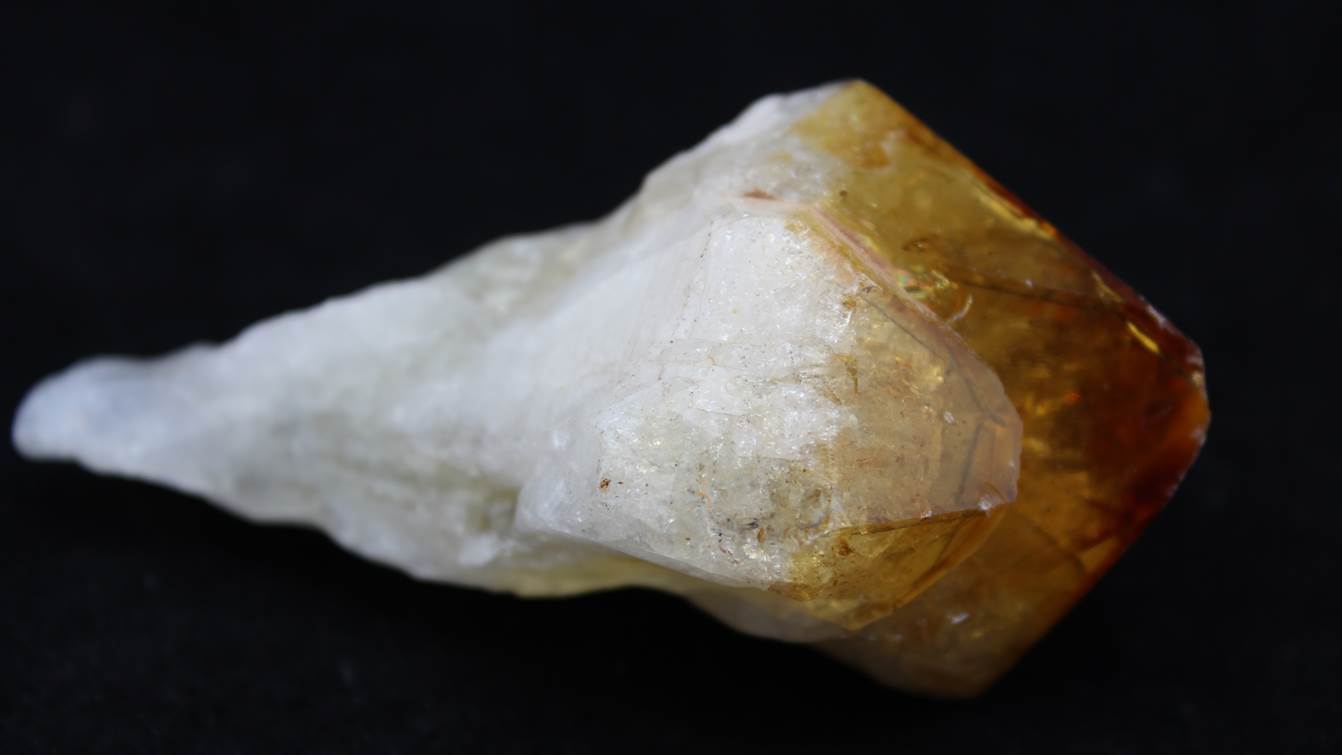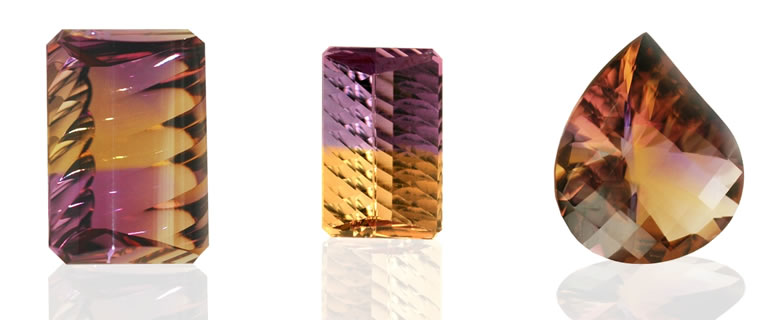

Sunlight and UV work in a similar way to heat when changing the color of amethyst. Why Does Sunlight (UV) Change the Color of Amethyst? Table and image comparing heat treatment temperature to resulting color. The higher the temperatures and longer the exposure to heat, the more electrons that are swapped, resulting in more dramatic color shifts. They discovered that the iron and the oxygen atoms within the crystal swap electrons and this is what changes the amethyst’s color.

So, why do high temperatures cause amethyst to change color? In 2020, Renping Cheng & Ying Guo tested the idea that these color changes weren’t actually because of a true chemical reaction. Heat treatments are done intentionally to change the color of the amethyst for aesthetic purposes. Amethyst will turn from purple to yellow, orange, brown, white, and sometimes even a pale green. Amethyst can be exposed to high temperatures for several hours, known as a heat treatment. Some people may choose to heat their amethyst with the intention of altering its color hue. Why do Heat Treatments Change the Color of Amethyst?
YELLOW AMETHYST VS HEAT TREATED AMETHYST HOW TO
Read with me a bit further to explore why this happens and learn how to protect your amethyst from these culprits. “But I love my amethyst, the color is just perfect the way it is!”. Stop your amethyst from changing color or fading by avoiding heat treatments, limit time spent in sun or UV light, and never clean amethyst with hard tap water. There are three reasons that amethyst changes color or fades: heat treatments, sunlight (UV), and water containing certain minerals.

Now I am the wife of a geologist and will explain when and why amethyst changes color and how to prevent it! No matter if we order from a factory or give our own rough for cutting, our local agents monitor the whole cutting process.It was in my early collecting days that I noticed my amethyst beginning to change color and fade.

We buy eyeclean stones only from reliable suppliers - well, actually we, of course, buy all our stones from reliable sources only -) - and only if we get a chance to inspect the rough material ourselves. The rough piece contains a remnant of the seed crystals suspension wire Hydrothermally produced synthetic citrine The presence of colour zoning is not (any more) proof of natural origin. Be particularly alert with intensely coloured eyeclean stones. In most cases zoning will be nearly to completely invisible in a bezel setting.ĭistinct colour zoning, clearly visible in a cabochonĪttention: the market is flooded with synthetic citrines which are very hard to identify. When viewed from the top, colour should appear distributed evenly. In skilfully facetted stones the zoning is only visible when viewed from the side. Worth knowing:quartz crystals often sport distinct colour zoning which poses a challenge to the gemcutter. Be careful during soldering as colour change can occur at relatively low temperatures.Ĭitrine has no or only very weak cleavage and thus is unproblematic during setting. Two Palmyra Citrines (heat-treated) in concave cut and conventional cut Deep orange stones, sometimes with a reddish or slightly brownish tinge, are called Madeira Citrines. For yellowish orange stones of lighter tone the trade name Palmyra citrine has taken hold. The procedure is legitimate, accepted by the CIBJO and must be disclosed at the point of sale.Ĭolour: from pale yellow to orange. Most citrines offered by the gem trade are heat-treated amethysts or heat-treated smoky quartz.The colours of treated citrines are in general more intense and more attractive than those of natural citrines. Two naturally coloured citrines from Brazil The most important deposits are in Brazil and Russia. The colour is mostly rather pale, often with a slightly brownish (smoky) tinge. Localities: natural citrine is quite rare. Thank goodness these misleading terms, which were accepted trade names, are only rarely encountered today (and should be abandoned altogether).Ĭan be confused with: all yellow gemstones Synonyms and trade names: golden topaz, Madeira topaz Quartz is the reference stone for hardness 7 on Mohs´ scale of hardness


 0 kommentar(er)
0 kommentar(er)
